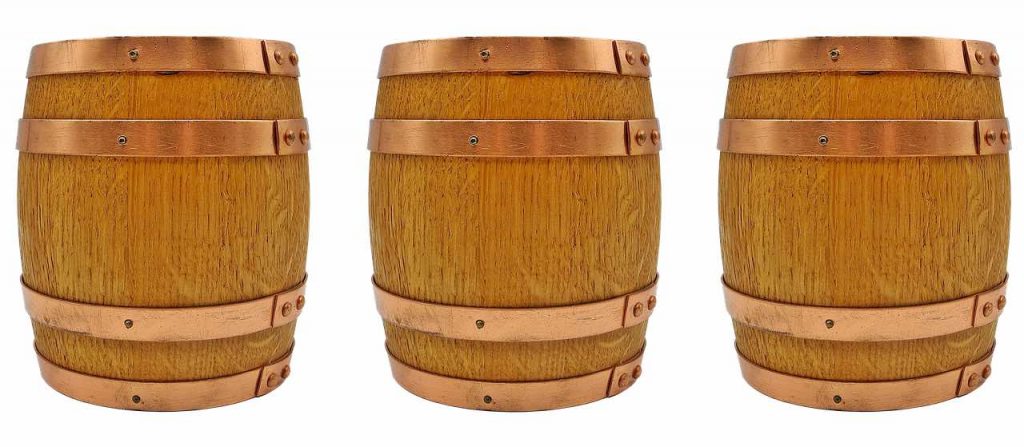The Trend of Barrel Aged Cocktails
As the craft cocktail movement grows people have continued to come up with new ways to make their cocktails uniquely different. One method that is gaining popularity is one which is seemingly so obvious you may want to ask why it wasn’t thought of and done much sooner. This method is the barrel aging of cocktails. Putting cocktails into barrels does what you may expect if you know what happens to spirits when they’re sitting in the barrel; it adds, depth, complexity and subtle notes of the barrels flavor. Undertaking this requires little space and little effort; time will be your biggest expense here.
Which Cocktails?
Barrel aging cocktails comes with a few constraints as to what you can make, as not all ingredients suit the barrel aging process. Specifically, you will not want to put fruit or citrus juices in your barrel, or anything else perishable for that matter; not only will they go bad quickly but they will taint the barrel making it unusable after its first use. What you will want to put in your barrels are spirit based cocktails like the negroni, manhattan, sazerac and boulevardier. There is no element to these cocktails which is perishable, and they will take excellently to the complexity and depth of flavor imparted by the barrels!

How To
Barrel aging, as many of us know, is a process that cannot be rushed. This is going to be true for your barrel aged offerings too, however, because you’re using much smaller barrel than whiskey and rum producers use, the aging process happens a lot faster; but that doesn’t mean it happens overnight. To begin barrel aging cocktails you’re going to need three thing: Space on your bar for you barrel or barrels (storing it on the bar allows it to self advertise to your bar guests, but the location must be at room temperature and not exposed to direct sunlight), a barrel or barrels that fit in said bar space, and inert storage containers for storing the finished cocktails; used liquor bottles are perfect for this, just remember to take the labels off first.
Barrels are available in a variety of woods, sizes and char levels so you have a lot of options available to you. Spirit brands will often offer barrels with their logo on it either for free or at a discounted rate for those whom are going to use them to age their spirits, so you many want to talk to your reps before you head out to buy your own barrels.
Once you have your barrels you’re going to have to prep them before use. Wood expands and contracts over time and in the time since it was made the staves that make up your new barrels will have lost moisture and contracted, meaning that there are probably leaks in your barrel. Fill it with distilled water first -best done over a sink- and leave it sit until the barrel stops leaking. Top it off every day until all the staves get hydrated and expand so there are no leaks for your precious spirits to leak out of.
Next, after decanting the water, get the cocktail recipe you want and upsize it so that it fills your barrel; full barrels will lose less product to evaporation. Put the cocktail in the barrel, put the bung in it and now you have to wait. Taste the cocktail every few days and you’ll notice the flavors evolving, mellowing and gaining more depth. Eventually wood notes from the barrel will become very prominent. But you don’t have to leave it in there that long.
Once you’re happy with the flavor profile of the cocktail decant it and store until needed. The rule book is going to be different with every cocktail you do this with so don’t always assume results will be the same. Also, the wood of your barrel will mature with every use, losing more and more of its flavor. It is therefore a good idea to be tasting your cocktails every time you make them in order to ensure consistency.

Barrel aging cocktails isn’t a new fad, yet its popularity is growing at an alarming rate. This is probably because of the growth and rise of the craft cocktail movement in which everyone is trying to stand out from the crowd around them. The simpleness of this technique, combined with the complex and unique results is what is drawing bar managers and bartenders to this technique; and the resulting flavors are drawing the interest of many a customer.



